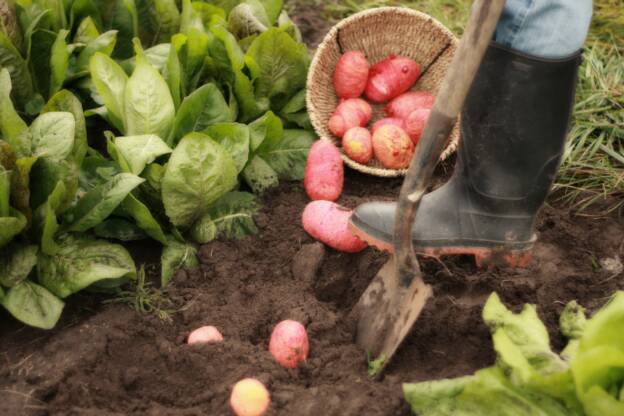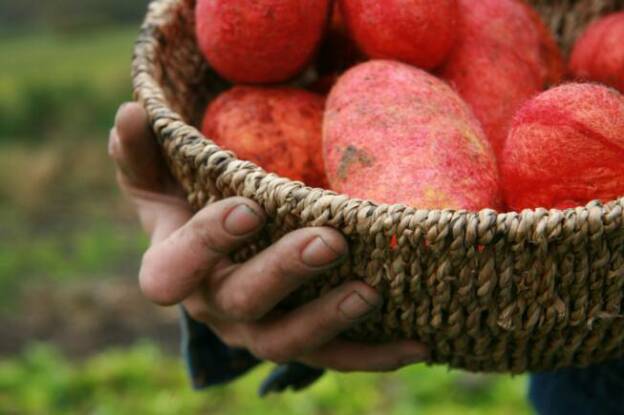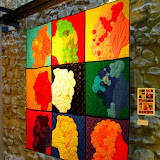A tapeçaria contemporânea, desde os anos 60 também denominada de "arte da fibra", é uma área interdisciplinar que toma como ponto de partida a tapeçaria tradicional para a interligar com outros domínios do conhecimento, relacionados de modo mais ou menos íntimo com a arte de tecer.
Número total de visualizações de páginas
quinta-feira, 25 de novembro de 2010
Projecto
Do latim projectus - us - acção de se estender.
S.m.
O que planeamos fazer; desígnio, tenção, plano, empresa, cometimento.
Projectar (ét) - CONJUGAR
Do latim projecto - are - lançar para a frente.
V.tr.
1. Atirar à distância; lançar de si = ARREMESSAR, ARROJAR
2. Estender, cobrir com, fazer incidir.
3. Ter em projecto; fazer tenção de = PLANEAR.
(...)
6. Estender-se, prolongar-se.
quinta-feira, 11 de novembro de 2010
Conteúdos Culturais Subjectivados
Conteúdos subjectivados não significam dizer o que o autor disse, mas, ampliar este campo de visão. O que eu digo do que o autor disse? Qual é a minha opinião sobre isso? Auferir significado ao conteúdo trabalhado, ampliar o campo de visão, dialogar com o autor - processo de subjectivação. Como este conteúdo me afeta? O que ele me diz? Como me toca?
Qualquer conteúdo é válido, assim como todas as entradas são boas, o importante é que haja múltiplas saídas.
Estamos falando do desejo como processo de produção. E o desejo é sempre revolucionário porque demanda sempre mais conexão, mais agenciamento. O desejo, ou o afeto, o devir dos corpos, afetar e ser afetado.
A subjectivação é o processo, o modo singular como cada um produz a flexão, a curvatura, ou a dobra de um determinado conteúdo.
Marilda Oliveira de Oliveira
Ideia de Rede - Cartografia
Marilda Oliveira de Oliveira
quarta-feira, 10 de novembro de 2010
ARTELAB.21 Tapeçaria Contemporânea
terça-feira, 9 de novembro de 2010
Conceito: Transformação
| 1. | ato ou efeito de transformar; |
| 2. | alteração do estado normal; modificação; |
| 3. | mudança de forma; metamorfose; |
| 4. | processo gradativo de mudança de estado ou condição; evolução. |
Conceito: Rutura
Conceito: Estrutura
3. Disposição (no seu conjunto) das partes do corpo humano.
4. O que permite que uma construção se sustente e se mantenha sólida.
5. O que serve de sustento ou de apoio.
6. Objecto! que se construiu (ex.: o edifício é uma estrutura sólida).
7. Força física ou psicológica (ex.: ela não tem estrutura para aguentar tanta responsabilidade).
http://www.priberam.pt
sexta-feira, 5 de novembro de 2010
Andrea Graham
Using both traditional nomadic and modern feltmaking techniques, wool fibre is magically transformed. Felted wool is traditionally created with wool fibre, soap and water. Alternately, a single barbed needle borrowed from industrial felting machines can be used as a sculpting tool, entangling the scales on the wool fibres creating felted fibre. These techniques together allow for endless possibilities.
Andrea Graham
http://www.andrea-graham.com/about.html
Andrea Graham Installations







Thirteen dresses installation
Union Gallery - Project Room - July 2010
The potential and self-worth of a child are determined by a myriad of factors. The dress serves as symbol for the potential equal ground of a young life and the beginning of ones hopes and dreams for a child. This is paired with the labels that we often impose upon children, particularly little girls. The juxtaposition of a sweet dress and a label “bad girl” may appear at odds, but I argue it is no more at odds than the label of “good girl”. When we assign an identity, while the intention may be to motivate, to project our own selfish desires, or in praise or discipline, it can be equally damaging in the life- long struggle to reject or adopt that label.
Andrea Graham
http://www.andrea-graham.com/Installation.html
Helena Rose
My work focuses on identity, human emotion and her own personal family history. I gain inspiration by learning from other artist’s such as Ruth Rae, Michelle Caplan and Sally Mankus. I am also inspired by philosophical ideas, art therapy and literature by writers & poets such as James Joyce and Sylvia Plath.
I work & experiment with numerous techinques that include collage, sculpture, fibre art, photography, installation and ‘found’ or ‘ready made’ art. I have spent a project exploring my own family history provoking thoughts and memories through collage, photography and mixed media pieces. My work often deals with difficult subject matter such as death, oppression, gender roles and family but my art practice allows her to explore and examine these different issues and look at them in closer detail.
I has developed many different skills during the duration of my first year at Salford University and Foundation Year at Liverpool Community College such as image transferring using image maker, emulsion paint, and contact paper, papermaking, altering books by melting, burning, staining and distressing surfaces. I have also experimented with manipulating photographs both digitally and by hand and enjoy printing on different surfaces such as vellum, vintage paper, handmade paper, acetate, mulberry paper, baking paper, metal, glass and wood. I like to explore and play with the different translucency of paper to create interesting collages and mixed media pieces.
I am involved with a number of projects outside University. I am a cultural ambassador for the Art & Literature Magazine, ‘Aesthetica’ and I am also one of the Project Facillitators for the ‘Me and My Movie’ Project, organized by the BBC which encourages creativity and film making skills to young children. I have also contributed work to the Cynic Online Magazine and attend workshops and exhibitions in my local area.
In June 2010, I will be travelling to Riga, Latvia to be part of the Creative Future Enterprises Boot Camp which will involve me producing and giving presentations on how to regenerate the Art and urban area in Riga and will also be representing Salford & Manchester by giving a presentation on the area and the University to a group of people from 6 different countries.
http://helena-rose.com/artists-statement/

Visual Arts Definition by NAEA
National Art Education Association, ©1994
The National Visual Arts Standards
http://www.naea-reston.org/store/NAEA_Natl_Visual_Standards1.pdf
Teoria e Prática Complementam-se
Fernando Pessoa (1926)

Techné: Corpo Único Teórico-Prático
Hugo Ferrão (2007)
Epistêmê e Technê (Stanford Encyclopedia of Philosophy)
http://plato.stanford.edu/entries/episteme-techne
Objecto Comum / Obra de Arte
Virgínia Fróis (2007)































